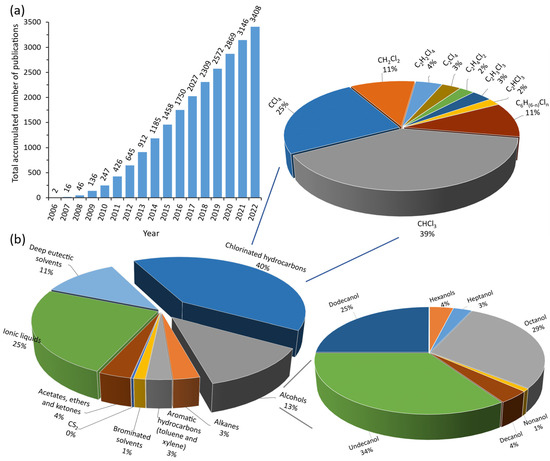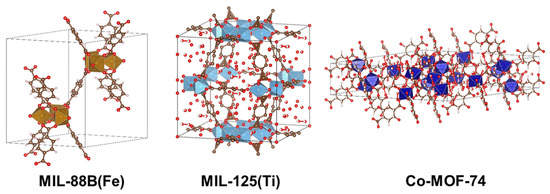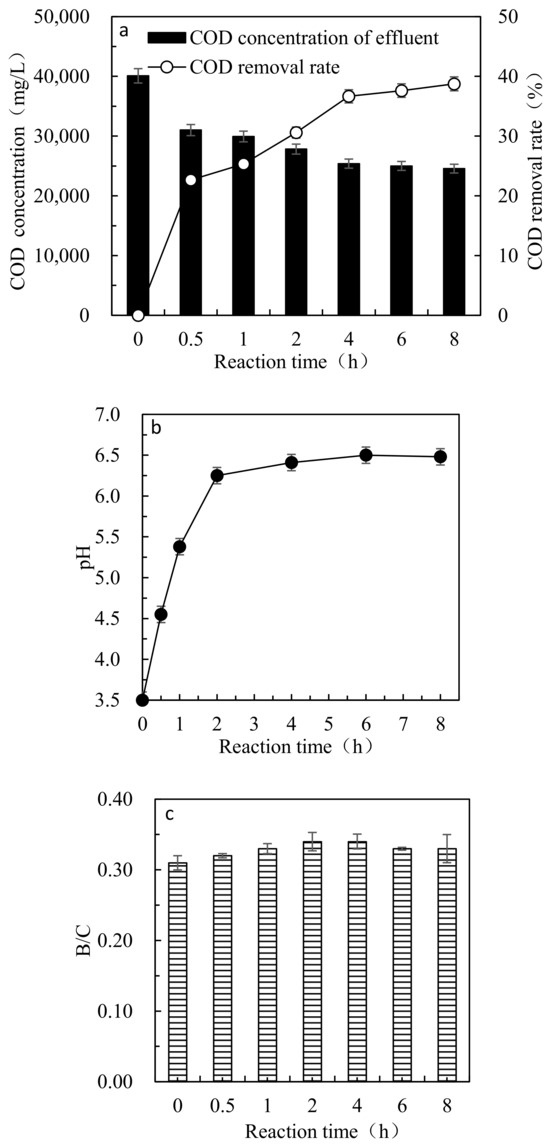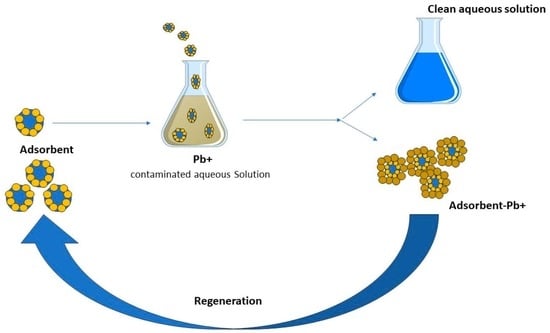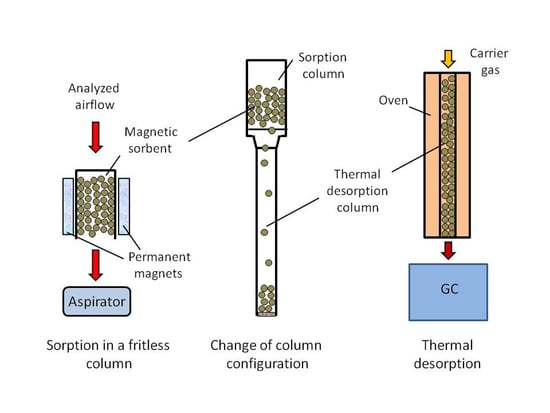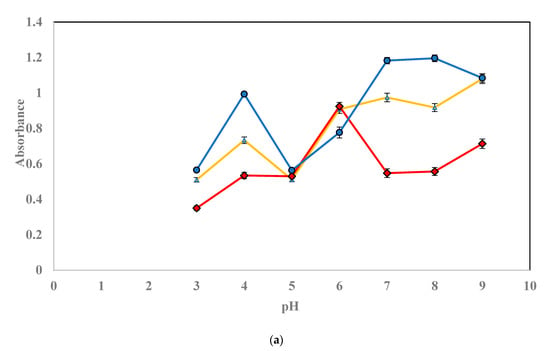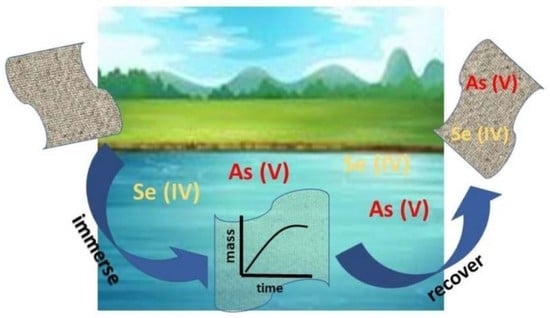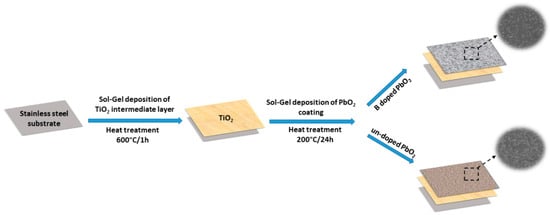Feature Paper Collection in Section 'Materials in Separation Science'
A topical collection in Separations (ISSN 2297-8739). This collection belongs to the section "Materials in Separation Science".
Viewed by 20911Editors
Interests: sample preparation; extraction and microextraction; HPLC; nanomaterials for separation processes; environmental analysis; environmental remediation; sorbent-based remediation; separation/extraction of nanomaterials
Special Issues, Collections and Topics in MDPI journals
2. Institute of Materials Science and Computing, University Research Center of Ioannina, 45110 Ioannina, Greece
Interests: crystal structure; metal organic framework; materials; single crystal X-ray diffraction; material characterization; structure determination; Inorganic materials; hydrothermal synthesis; solid state synthesis; coordination chemistry
Topical Collection Information
Dear Colleagues,
It is our pleasure to invite you to submit an article to the Topical Collection “Materials for Environmental Separations” launched by Separations.
This Topical Collection aims to gather high-quality original research and critical review articles on new materials or novel uses of micro-/nanomaterials for separations for environmental applications. Such applications include, but are not limited to, water purification, soil/sediment remediation, wastewater treatment, recovery of precious metals and nanomaterials, removal of viruses/bacteria, sorption of toxic gases, oil removal, etc. The articles should demonstrate the practical utilization of the materials at least in proof-of-concept demonstrations or lab-scale investigations and ideally in pilot testing, case studies, or large-scale applications. Contributions related to highly selective sorbents, broad-spectrum sorbents with multifunctional sorption properties, nanosorbents supported onto bulk supports, stand-alone separation techniques, and sorbent-based techniques suitable for the uptake of nanoparticles and micro-/nanoplastics, are particularly encouraged.
The Topical Collection also welcomes review papers on timely topics that provide a critical evaluation of the state of the art in this specific field, discuss current challenges, and focus on future perspectives for further development. Short communications reporting preliminary but promising results are also within the scope of the Topical Collection. All manuscripts considered for publication will undergo a peer-review process by experts in the field to ensure the high quality of published papers.
Dr. Dimosthenis Giokas
Dr. Manolis Manos
Collection Editors
Manuscript Submission Information
Manuscripts should be submitted online at www.mdpi.com by registering and logging in to this website. Once you are registered, click here to go to the submission form. Manuscripts can be submitted until the deadline. All submissions that pass pre-check are peer-reviewed. Accepted papers will be published continuously in the journal (as soon as accepted) and will be listed together on the collection website. Research articles, review articles as well as short communications are invited. For planned papers, a title and short abstract (about 100 words) can be sent to the Editorial Office for announcement on this website.
Submitted manuscripts should not have been published previously, nor be under consideration for publication elsewhere (except conference proceedings papers). All manuscripts are thoroughly refereed through a single-blind peer-review process. A guide for authors and other relevant information for submission of manuscripts is available on the Instructions for Authors page. Separations is an international peer-reviewed open access monthly journal published by MDPI.
Please visit the Instructions for Authors page before submitting a manuscript. The Article Processing Charge (APC) for publication in this open access journal is 2600 CHF (Swiss Francs). Submitted papers should be well formatted and use good English. Authors may use MDPI's English editing service prior to publication or during author revisions.
Keywords
- micro-/nanomaterials
- environmental restoration
- chemical and biological pollution
- water and wastewater treatment
- removal of emerging pollutants
- selective sorbents
- broad-spectrum sorbents
- supported sorbents






